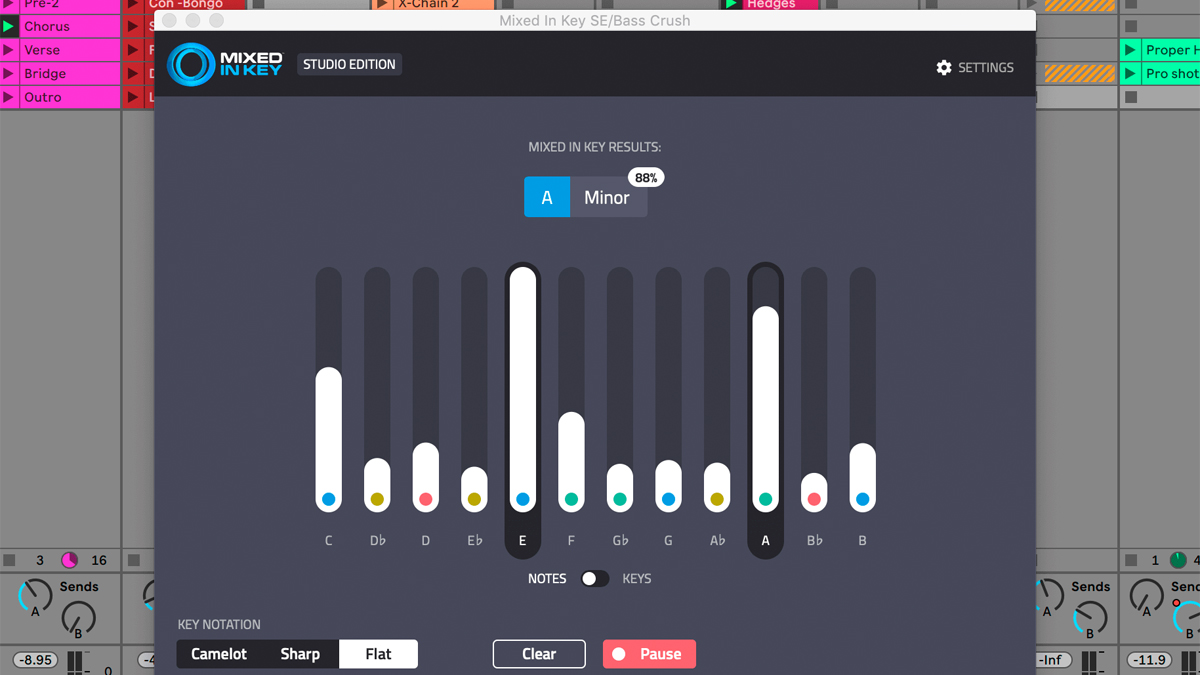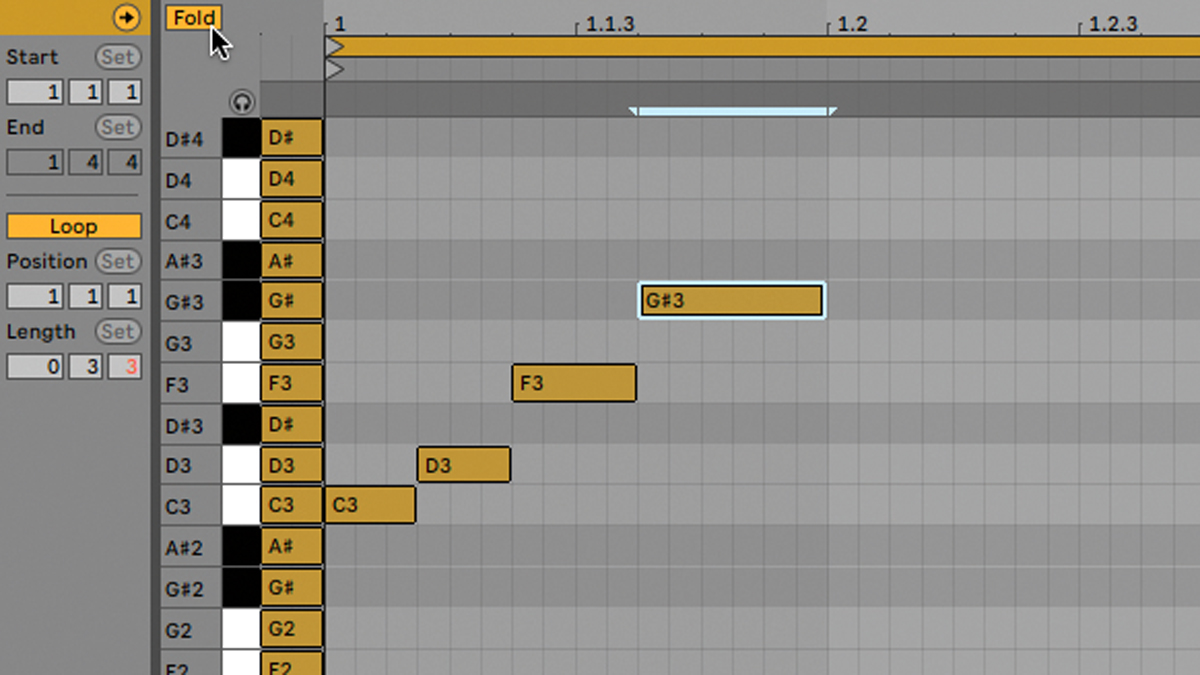5 ways for producers, remixers and DJs to find the key of a song
Master an essential skill for players, producers, remixers and DJs

Being able to determine a song’s key is a crucial skill for DJs and producers who want to create remixes and use melodic samples.
Fortunately, whether you want to use your ears or a tech-based solution, there are plenty of relatively easy ways to get the required information. Here are five foolproof methods, so if one doesn't work for you, you've always got several other options.
1. Play along
The simplest way to work out the key of a song is to grab a keyboard and try to play along with the main melody.
Chances are the tune will be in one of the major or minor keys, and you should be able to figure out from the notes it uses which key it’s in. For instance, if it mainly contains notes from the C major scale and the root note feels like C, the key will be C major.

2. Analyse the audio
If you have a solo vocal or other audio track, try using a pitch-correction or analysis plugin to work out what notes are occurring in a melody. Processors such as Auto-Tune or Melodyne feature a real-time keyboard display of the incoming signal’s pitch. Many DAWs have their own versions built in, such as Logic’s Pitch Correction plugin.
3. Use a plugin
Try a plugin, such as the Mixed In Key Studio Edition, to determine the key of a song. This promises instant realtime key detection; you can quickly analyse your MIDI instrument sounds and audio samples and discover their root key and notes present. A note percentage score tells you how closely notes match your samples, and key results can be viewed using Flat, Sharp or Camelot wheel notation.
4. Train your ears
The more you dabble in the black art of music theory, the more the phenomenon of ear training tends to occur naturally to some extent. You gradually get used to the sound of certain scales, chords and intervals to the point where you might even be able to identify them by ear.
Want all the hottest music and gear news, reviews, deals, features and more, direct to your inbox? Sign up here.
If you’re looking to speed up the process with some actual exercises to hone your aural pitch-detection skills, there are websites and apps available that are specifically dedicated to ear training. These allow you to regularly test yourself on different intervals and chords.
Just type ‘Ear Training’ into your search engine of choice to browse them.

5. Use your piano roll
The piano roll editor in many DAWs can be useful if you’re having problems keeping in key. Ableton Live has a feature that allows you to show only the notes that currently exist in a part, hiding all the ones that haven’t been used yet.
If you know the notes in your scale, you can add these in at the start of your clip and drag them back before the first beat. Now you can hide all the other notes and click away, safe in the knowledge that you’re only entering notes that work with your key.
Computer Music magazine is the world’s best selling publication dedicated solely to making great music with your Mac or PC computer. Each issue it brings its lucky readers the best in cutting-edge tutorials, need-to-know, expert software reviews and even all the tools you actually need to make great music today, courtesy of our legendary CM Plugin Suite.
